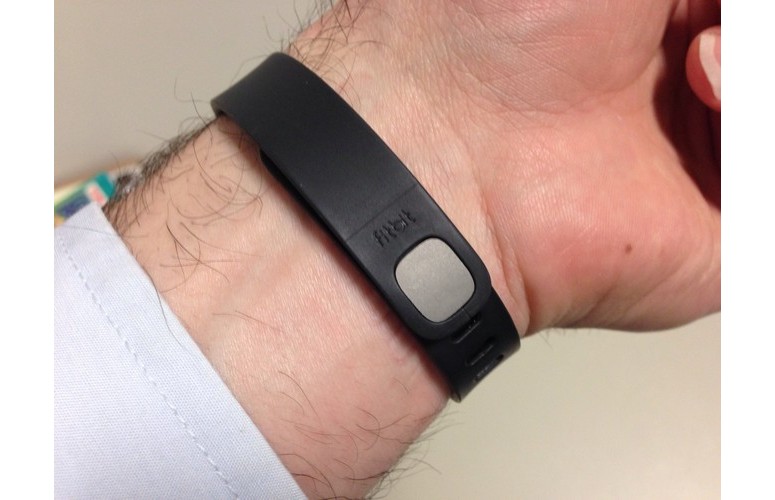What is the Quantified Self?

The quantified-self movement refers to the increasing use of technology to collect data about oneself.
These technologies — such as smartphone apps, GPS devices, and physical activity trackers with accelerometers — allow individuals to track all aspects of their daily lives, including their total activity, number of steps, food they eat, amount of sleep, heart rate, and mood.
Such tracking not only allows individuals to learn more about themselves, but may also help them take action to become healthier and improve their lives, according to the movement's followers.
History
Gary Wolf and Kevin Kelley, editors at Wired Magazine, are generally credited with coining the term "quantified self" when they began a project to track all the new tracking technologies. They created a company, called Quantified Self Labs, which aims to serve the users and makers of tracking tools. The organization's slogan is "self knowledge through numbers."
While people have been able to track themselves in various ways for years — a simple stop watch lets runners track their racing time — new technologies have made the process less cumbersome, according to Wolf.
"In the past, the methods of quantitative assessment were laborious and arcane. You had to take measurements manually and record them in a log; you had to enter data into spreadsheets and perform operations using unfriendly software; you had to build graphs to tease understanding out of the numbers," Wolf wrote in a 2009 Wired Magazine article. "Now much of the data-gathering can be automated, and the record-keeping and analysis can be delegated to a host of simple Web apps," Wolf said.
Get the world’s most fascinating discoveries delivered straight to your inbox.
Improvement in sensors, such as accelerometers smaller than a quarter, have aided the development of tracking tools, Wolf said in a 2010 TED talk.
Examples
An example of a quantified self-tracking tool is the Fitbit Tracker, which tracks steps taken, distance traveled, calories burned, and hours and quality of sleep. Similar devices include the Jawbone Up, Withings Pulse (which can also monitor heart rate), and the Nike+ FuelBand (which tracks daytime activity, but not sleep).
The GPS tracking app Strava allows users to see and share their cycling and hiking times on trial routes.
The Trace, a hockey-puck shaped object about 2 inches in diameter, can be attached to a skateboard, surf board or snowboard, and tracks information about athletes' speed, distance traveled, height of jump, calories burned, number of tricks and more, according to the maker ActiveReplay.
IPhone apps including Monthly Cycles, My Cycles Period and Ovulation Tracker, and iPeriod say that they help women track their periods and determine when the days they are fertile.
A mobile app called Spreadsheets says that it tracks people's sexual encounters, collecting information on noise level and sexual duration to provide an indication of performance.
Some companies are developing tools for people to keep track of information collected from all of their trackers. These "meta-trackers," or aggregators, aim to find hidden connections in all that data that ultimately might help users improve their lives.
Follow Rachael Rettner @RachaelRettner. Follow LiveScience @livescience, Facebook & Google+.

Rachael is a Live Science contributor, and was a former channel editor and senior writer for Live Science between 2010 and 2022. She has a master's degree in journalism from New York University's Science, Health and Environmental Reporting Program. She also holds a B.S. in molecular biology and an M.S. in biology from the University of California, San Diego. Her work has appeared in Scienceline, The Washington Post and Scientific American.


